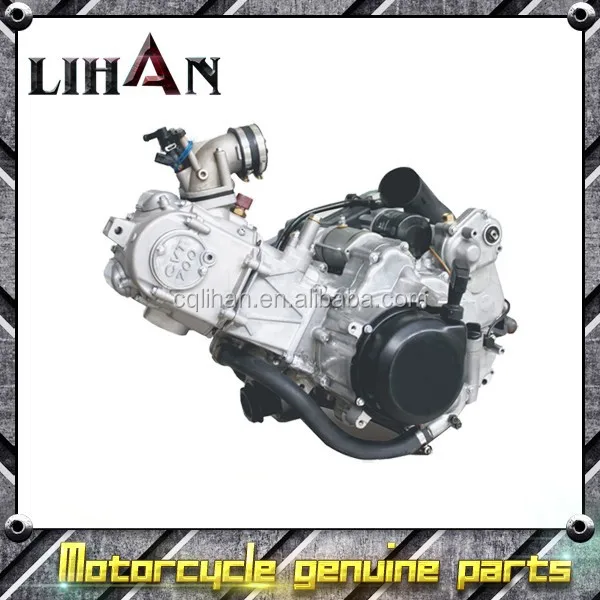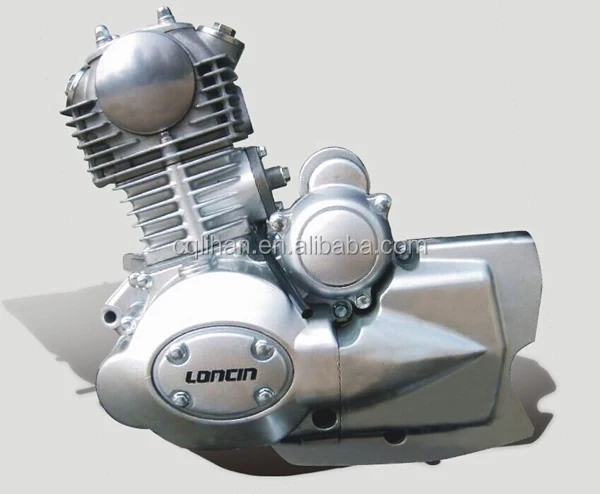

It also has to be mentioned that proper and regular maintenance is required for reliable operation, which is necessary for any engine! In general, Rotax engines are considered reliable, but they are among the most expensive engines on the market. The company considers itself a world-leading manufacturer of recreational vehicle engines. Rotax engines are considered good products, which is why these power sources are used in many powersport vehicles, Sea-Doos, and aircraft. You will have to give the engine’s serial number for identification. If you would like to know the age of your Rotax engine, the best practice is to contact the manufacturer or and authorized Rotax dealer. Enter brothers Zora and Yura Arkus-Duntov and the Ardun Mechanical Corp.How can I tell what year my Rotax engine is? To make the Model A/B four bangers go faster several outfits had produced overhead valve (ohv) conversions it seemed obvious therefore to build something similar for the V-8. What’s the OHV conversion for the Ford V-8? The OHV-design gives also an excellent thermal balance, which contributes to: Increased engine service life. This makes it possible to obtain a greater power output and to avoid the build-up of carbon. The increased combustion efficiency enables a higher compression ratio to be used.

Also, they run cooler and more efficiently than the OHVs. With fewer moving parts, there are fewer issues that can arise with OHC models. This means that all OHC engines are technically OHV engines, but not all OHV engines are OHC engines. What’s the difference between an OHV and an OHC engine? Technically, an overhead camshaft (OHC) engine also has overhead valves, however to avoid confusion, OHC engines are not usually described as overhead valve engines. The motion of the camshaft is transferred using pushrods and rocker arms to operate the valves at the top of the engine. The camshaft in an OHV engine is located in the engine block. Where are the overhead valves located in an OHV engine? maintainance is easier, no cam belt to change just the cam chain at extended intervals. Push rod engines are usually lower revving, and strangely more reliable because with overhead cam most of them are run by belt, which to my mind is a weakness in the engine.

Secondly, pushrod engines are downright simple. At low rpm, when the airflow is more restricted, having only two valves for air to flow through speeds up the flow of the intake air. That’s because pushrod engines typically use two valves per cylinder, which improves air velocity. Usually, one cylinder makes two strokes while the other makes four strokes, giving six piston movements per cycle.

The term six-stroke engine has been applied to a number of alternative internal combustion engine designs that attempt to improve on traditional two-stroke and four-stroke engines.


 0 kommentar(er)
0 kommentar(er)
